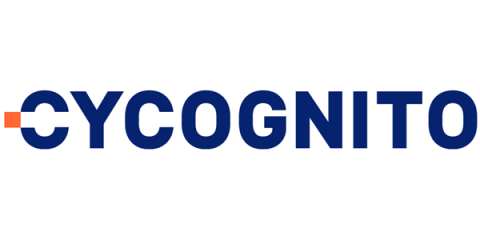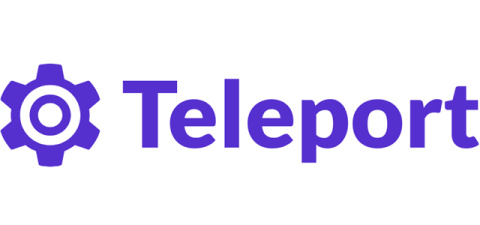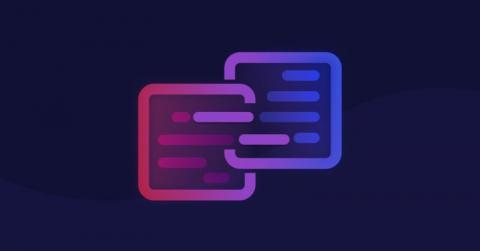Ekran System Is Now Syteca
We’re excited to announce that at long last, our highly anticipated brand refresh is complete: Ekran System Inc. is now officially Syteca Inc.! Our new name reflects the evolution of our product and our growth as a trusted provider, delivering the capabilities needed to enhance your organization’s cybersecurity. The same team behind Ekran System now brings you the Syteca platform: a more powerful and flexible software solution to meet your unique cybersecurity needs.











